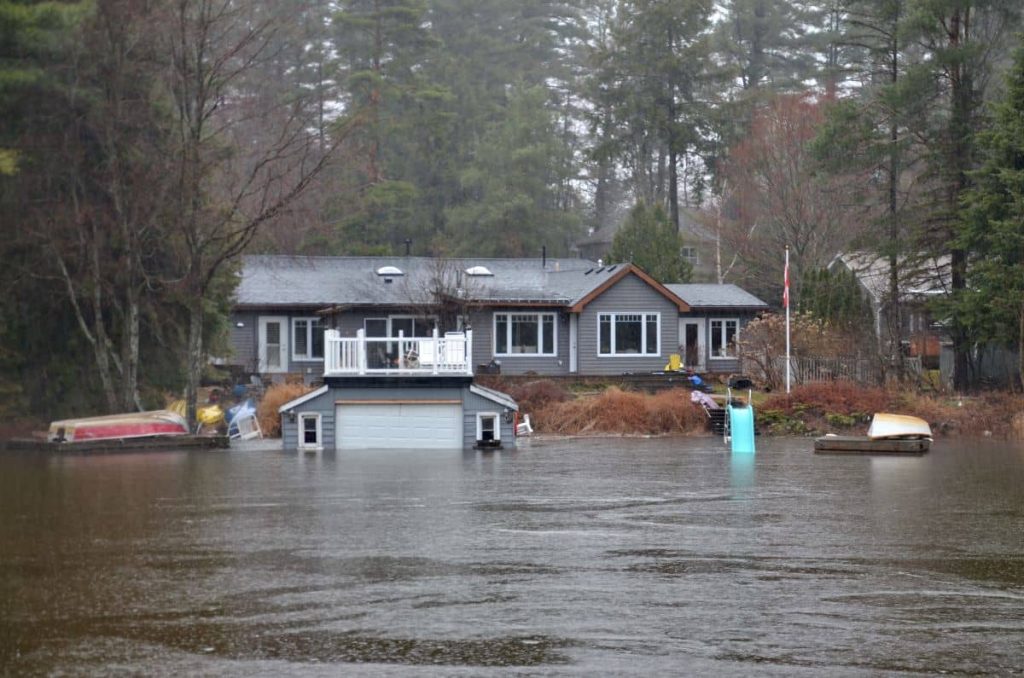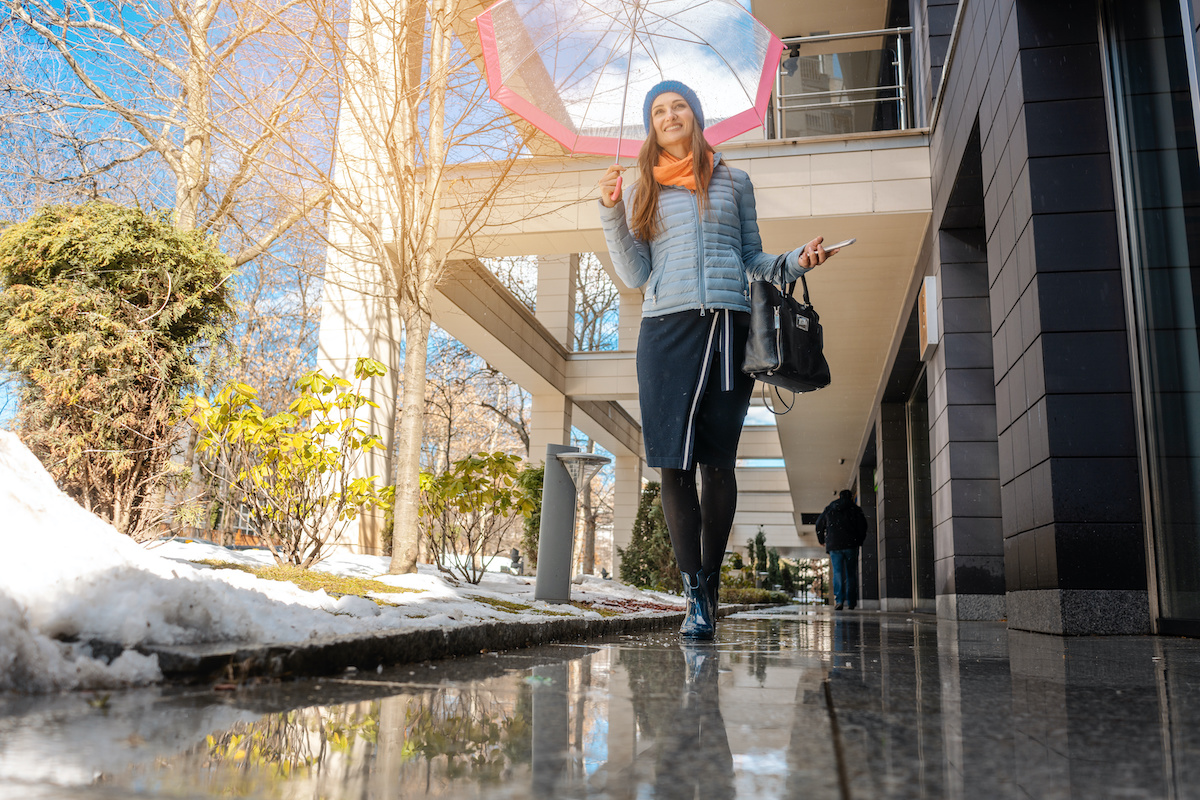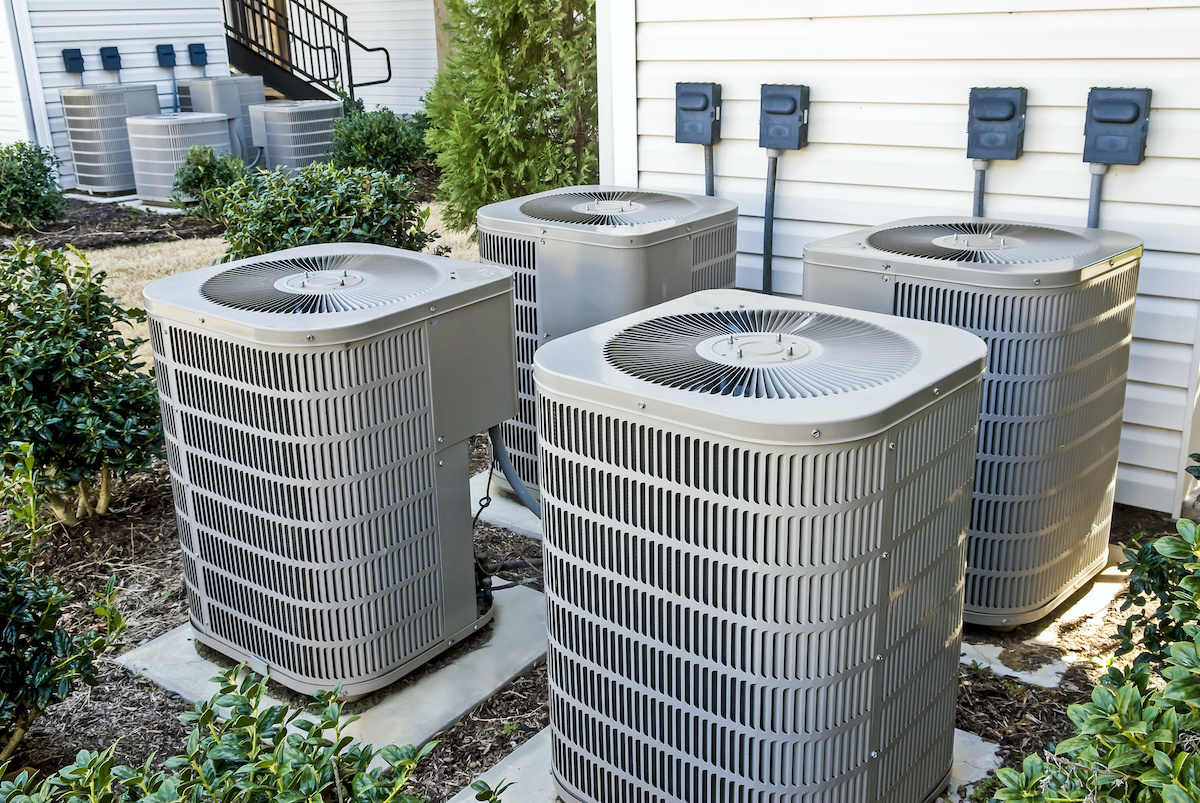Spring flooding is a yearly concern for many Bloomington residents. As snow melts and spring rains begin, low-lying neighborhoods can quickly become overwhelmed. For homeowners in the most affected zones, this seasonal hazard brings not just inconvenience but the potential for costly property damage, structural issues, and even long-term mold growth.
In this guide, we’ll break down the top 5 areas in Bloomington most prone to spring flooding, explain why they’re at risk, and what you can do to protect your property. If you live in or near any of these zones, it’s crucial to prepare now—before the next heavy rain hits.
Table of Contents
Why Spring Flooding Happens in Bloomington
Bloomington, IL sits on relatively flat land with pockets of poor drainage and aging stormwater systems. When heavy spring rains combine with snowmelt, storm drains can become overwhelmed, and groundwater rises quickly. Older homes without proper waterproofing, sump pumps, or updated drainage systems are especially vulnerable.

Areas near Kickapoo Creek, low spots in older neighborhoods, and regions near retention ponds often face the worst of it.
1. Founders’ Grove
This charming historic neighborhood is known for its beautiful early 20th-century homes—but unfortunately, many were built long before today’s modern drainage codes. Founders’ Grove has several streets that sit just low enough to experience spring flooding during heavy rains. Combine that with older basements and outdated gutters, and you’ve got a high-risk zone.
What to watch for:
- Water pooling at the base of driveways
- Basement seepage during or after storms
- Musty smells (a sign of trapped moisture or mold)
2. Near the Kickapoo Creek Basin (Southwest Bloomington)
The areas surrounding Kickapoo Creek, especially along South Morris Avenue and Six Points Road, are natural floodplains. During spring, when the creek rises from runoff, these neighborhoods are among the first to be affected. Even well-maintained homes may experience unexpected water intrusion.
What to watch for:
- Creek overflows after consecutive rainy days
- Backflow from drainage systems
- Crawlspaces filling with water
3. Downtown Bloomington
Though it may seem unlikely, parts of downtown Bloomington are actually lower in elevation than surrounding areas, which can lead to flash flooding. Older infrastructure and increased surface runoff from paved streets only make the problem worse.
What to watch for:
- Flooding in alleyways and parking lots
- Commercial basements and lower-level shops taking on water
- Overwhelmed city storm drains backing up near your property
4. Near Evergreen Lake and Comlara Park Area
Northwest of Bloomington near the Evergreen Lake area, you’ll find homes that sit in both wooded terrain and near runoff zones from melting snow and spring rains. While scenic, the area’s rolling topography can lead to spring flooding, particularly in yards and lower levels.
What to watch for:
- Saturated yards and waterlogged landscaping
- Water intrusion in walk-out basements
- Mold growth due to moisture retention in soil
5. Brookridge and Bent Tree Areas
Neighborhoods like Brookridge and Bent Tree, located near the city’s eastern edge, are newer developments—but that doesn’t make them immune. Many of these homes back up to retention ponds, which can overflow when overwhelmed during spring storms. The flatter terrain means water doesn’t always drain efficiently.
What to watch for:
- Retention pond overflow encroaching on backyard property
- Sump pumps running continuously
- Signs of foundation cracking or shifting
How to Prepare for Spring Flooding in Bloomington
If you live in one of the neighborhoods listed above—or even nearby—it’s wise to take proactive steps before flooding becomes a problem:
- Test your sump pump regularly. Ensure it works and has a backup battery.
- Install a water alarm. Early detection can prevent thousands in damage.
- Seal basement cracks. Even hairline gaps can become water entry points.
- Improve drainage. Consider grading, downspout extensions, or French drains.
- Document your property. Take before-and-after photos for insurance purposes.
Why Acting Fast Matters
Spring flooding isn’t just inconvenient. It can lead to long-term structural damage, wood rot, black mold, and even electrical issues. The longer you wait to address water damage, the more expensive and complex restoration becomes. Even a few inches of water in a basement can result in mold growth within 24-48 hours.
What to Do If You Experience Spring Flooding
- Stay safe. Don’t enter standing water if electrical outlets or appliances are submerged.
- Turn off the power to affected areas if you can safely access the breaker.
- Call PuroClean of Bloomington immediately for professional water extraction and damage mitigation.
- Document everything with photos and video for your insurance provider.
- Do not attempt DIY mold removal—this can make the situation worse.
FAQs: Spring Flooding in Bloomington
Q: Is spring flooding covered by my homeowners insurance?
A: Standard policies often don’t cover flooding. You’ll likely need a separate flood insurance policy. Talk to your insurance agent to confirm your coverage.
Q: How long does it take to dry out a flooded basement?
A: It varies, but with professional equipment, PuroClean can typically dry most basements within 3–5 days, depending on the severity.
Q: Can mold grow after minor flooding?
A: Yes. Mold can begin to form within 24–48 hours in moist environments. Even small amounts of moisture can lead to hidden mold problems if not addressed.
Q: Should I replace drywall after a flood?
A: If drywall has been soaked, especially with dirty or contaminated water, it’s often best to remove and replace it to prevent mold.
Q: What if I live near a creek or pond but haven’t flooded yet?
A: That’s great—but don’t get too comfortable. Water tables shift, and severe spring rains can create first-time flooding events. Prevention is key.
Need Help After Spring Flooding in Bloomington? Call PuroClean Today
At PuroClean of Bloomington, we specialize in fast, effective water damage restoration for spring flooding, burst pipes, sump pump failures, and more. Our team is equipped with industrial drying tools, thermal imaging to detect hidden moisture, and mold remediation experience to restore your home safely and efficiently.
We proudly serve Bloomington, Normal, and surrounding communities—and we’re available 24/7 for emergencies.
Don’t let water damage disrupt your life.
📞 Call PuroClean of Bloomington at (309) 433-0900 or visit us online to schedule free inspection.




 PuroClean Of Bloomington
PuroClean Of Bloomington